The 19 Most In-Demand IT Skills In 2021
The Robert Half Technology Salary Guide for 2021 identifies the IT skills that are most in demand including expertise in programming languages such as SQL and Java, containerization and virtualization technologies, and AWS, Azure and Google cloud platforms.

The Top 19 In-Demand Tech Skills Being Sought In 2021
The Robert Half International consulting firm has released the Robert Half Technology Salary Guide for 2021 and the report identifies 19 information technology skills that are most in demand in 2021.
Many of the most in-demand IT skills are in specific programming languages like SQL, Java and Python, as well as in development frameworks and practices such as Agile, Angular and React.
Cloud computing experience is in big demand, especially expertise with the major cloud platforms (AWS, Microsoft Azure and Google Cloud Platform). Employers are also recruiting new employees with skills in containerization and virtualization technologies and ITIL practices.
Here are the 19 IT skills and expertise most in demand, according to the report, listed in alphabetical order.
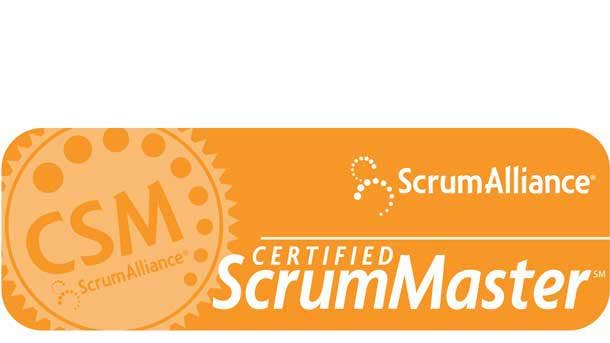
Agile and Scrum
Agile software development is a broad term for a set of frameworks and practices that are intended to bring a disciplined, project management approach to software development processes. Agile development benefits include the ability to rapidly produce high-quality software and quickly deliver updates and new features in response to changing business needs, according to the Agile Alliance website.
The concept of Agile development was detailed in the “Agile Manifesto” in 2001, including the 12 principals of Agile development and the four values: individuals and interactions over processes and tools; working software over comprehensive documentation; customer collaboration over contract negotiation; and responding to change over following a plan.
Scrum is one of several process frameworks under the Agile umbrella used by teams to manage product development and other knowledge work, according to the Agile Alliance. It is best suited for when a cross-functional team is working on a development project where the project’s scope lends itself to being split into more than one iteration.
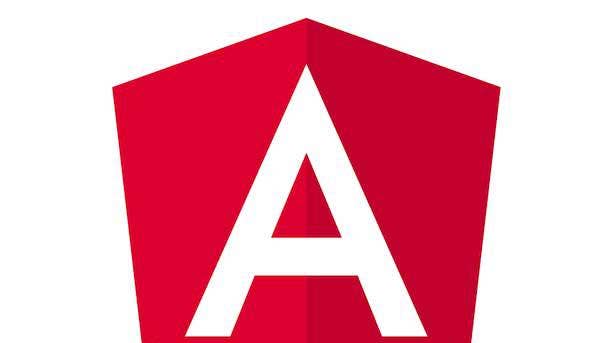
Angular
Angular is a web development framework based on the TypeScript language that provides developers with robust tools for creating the client-side or front-end content and UIs for web, desktop and mobile applications, according to the devskiller.com website.
The primary function of the Angular platform is for building complex web applications, according to devskiller.com, speeding up the development process by allowing developers to write much less code. The framework is popular for its ability to eliminate redundant code and ensure simpler and faster application implementations.
Angular was created by Google and introduced in 2010. Angular 10, the latest major release, debuted in June 2020.
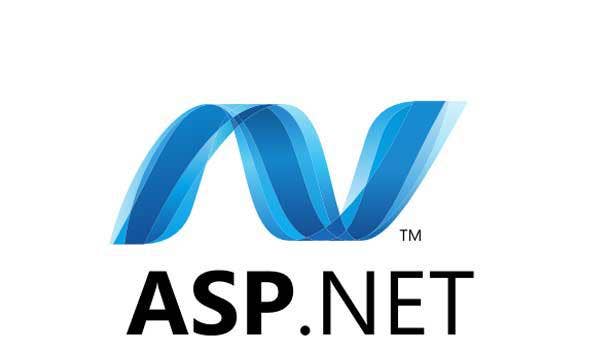
ASP.NET
ASP.NET is a server-side web application development framework for building web applications and services that run on Windows, Linux and MacOS using C#, HTML, CSS and JavaScript, according to the Microsoft .NET website.
Developed by Microsoft, ASP.NET was introduced in 2002 as part of its .NET platform and includes tools, languages and libraries. ASP.NET Core is the latest generation of the development framework.
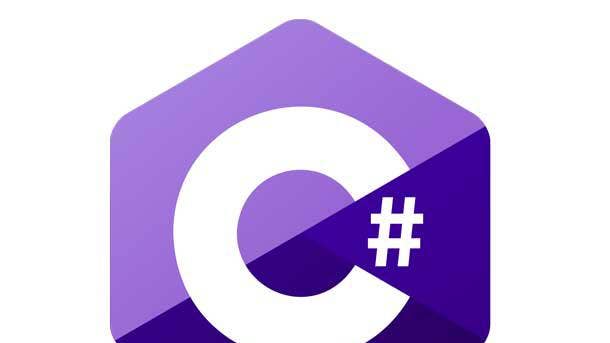
C#
C# (pronounced “see-sharp”) is a high-level, object-oriented programming language created by Microsoft in 2000 as part of its .NET development framework. It is widely used to build desktop applications, especially Microsoft Windows applications and games, as well as web applications and web services.
C# has a reputation for being easy to learn with many complex tasks abstracted away, according to the GeeksforGeeks website. C# is generally seen as a rival to the Java programming language.
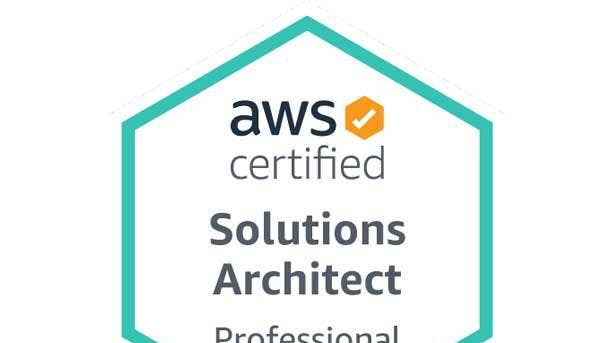
Cloud (AWS, Azure, Google)
As business and organizations move more of their IT operations, applications and business workloads to the cloud, the skills, ability and expertise to work with the three hyperscale cloud service providers: Amazon Web Services, Microsoft Azure and Google Cloud Platform; are very much in demand.
The Robert Half 2021 Technology Salary Guide found that two of the most in-demand IT certifications were AWS Certified Solutions Architect – Professional and Microsoft Certified Azure Solutions Architect.
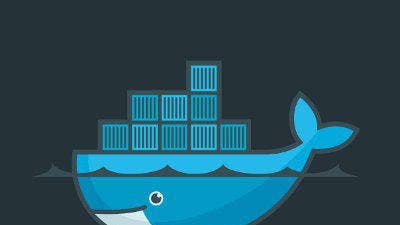
Containerization (Docker, Kubernetes, Helm)
Containerization is a major trend in software development as an alternative – or companion – to virtualization, according to IBM, because it allows developers to create applications that are more portable and that can be deployed faster and more securely.
The concept involves encapsulating or packaging software code and all its related dependencies, libraries and configuration files so that it can run uniformly and consistently on any IT infrastructure, abstracted away from the underlying operating system.
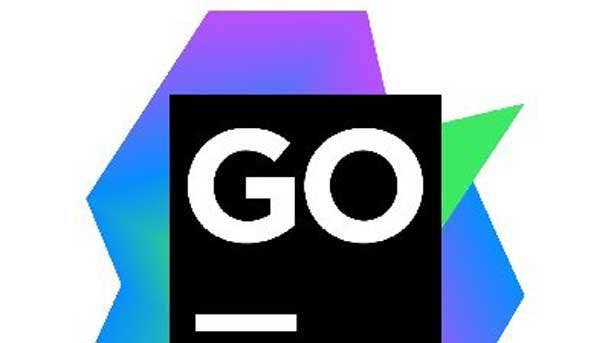
GoLand (aka Go)
GoLand is a commercial, cross-platform, integrated development environment (IDE) specifically for developers that use the Go programming language. GoLand is developed and sold by JetBrains.
GoLand includes tools for developing, debugging and running Go applications, according to the JetBrains website. An early access version of GoLand 2021.1 was release on Feb. 17.
The open source Go procedural programming language is used to build simple, reliable and efficient software, according to the Goland.org website. The language, which is said to be syntactically similar to C, was developed in 2007 by Google developers Robert Griesmer, Rob Pike and Ken Thompson. (It was publicly launched in 2009, according to the Geeksforgeeks.org website.)
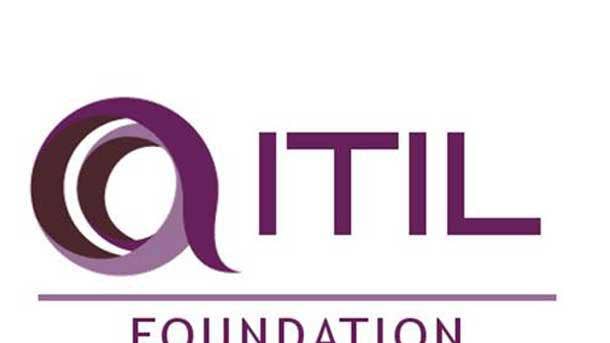
ITIL
The Information Technology Infrastructure Library is a set of detailed best practices for IT service management that has become widely adopted for improving how IT and digital services are aligned with business needs.
ITIL also provides a common language for businesses and professionals using IT-enabled services, according to Axelos, an organization that offers ITIL training, certification, documentation and other services.
ITIL v4, the most recent version released in 2019, describes 34 practices covering IT strategy management, portfolio management, and workforce and talent management, according to the ITIL 4 guide on the Beyond20 website.
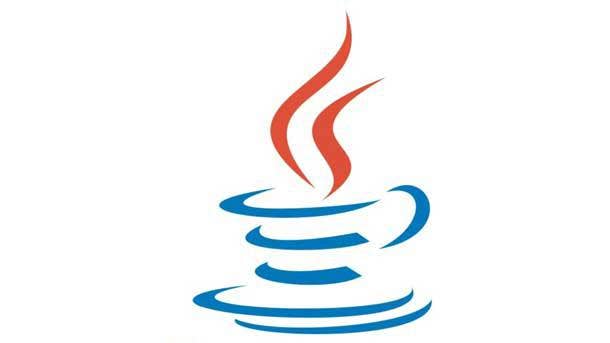
Java
Java is an object-oriented programming language and computing platform that was created in 1995 by computer manufacturer Sun Microsystems and was acquired by software giant Oracle when it bought Sun in 2010.
The widely popular language is used by 12 million developers, according to the go.java website, and is used to build applications that run on everything from laptops and game consoles to servers and supercomputers. It is also popular for developing cloud-based applications and services.
Java comes in several editions including Java Standard Edition (SE) for developing code for desktop and server computers and Java Enterprise Edition (renamed Jakarta EE in 2018) for building distributed computing applications and web services. Java SE 15 was release in September 2020 while Jakarta EE 9 was release in November 2020.

JavaScript
JavaScript is a lightweight, interpreted client scripting or programming language primarily designed for implementing complex features on web pages such as dynamic content updates, interactive maps, animated 2D/3D graphics and more, according to the Mozilla.org developer site.
About 95 percent of the world’s websites run JavaScript, according to Medium.com. JavaScript code has traditionally run only on a browser. But JavaScript has been gaining traction for server-side development with the Node.js runtime environment for executing JavaScript outside of a web browser.
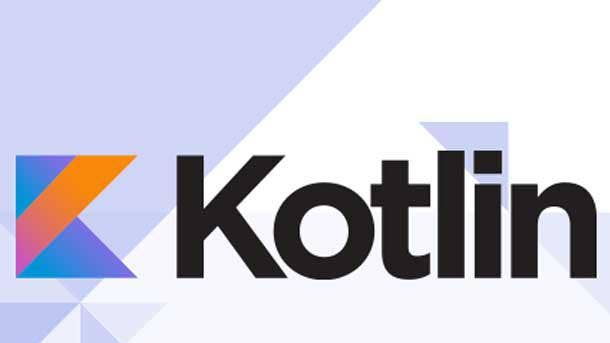
Kotlin
Kotlin has been growing in popularity recently, but it remains to be seen how prevalent it will become. It’s notable that Robert Half has identified it as an in-demand IT skill.
Kotlin is a cross-platform, general-purpose programming language developed by JetBrains in 2011. JetBrains describes Kotlin as a modern, concise and safe programming language, according to the kotlinlang.org website. Some see it as an alternative to Java or Python for developing server-side applications. But it is also recommended by Google for developing Android mobile applications.
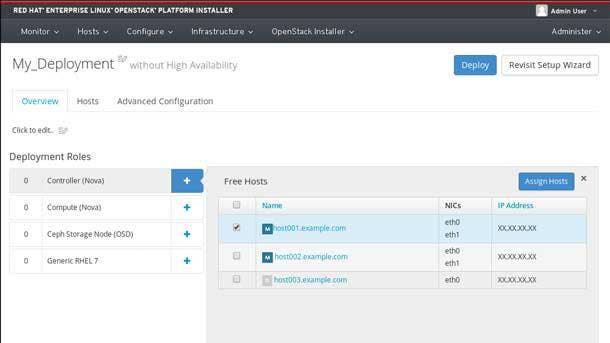
Linux
Linux is the best-known and most widely used open-source operating system. The first Linux kernel, developed by developer Linus Torvalds, debuted in 1991.
Leading vendors of Linux include Red Hat, Canonical and SUSE, while the industry’s biggest server hardware vendors, including Dell Technologies, Hewlett Packard Enterprise, Oracle and IBM, offer Linux as an operating system option.
Linux isn’t as prevalent on client and desktop devices as it is on servers. But Google’s Chrome OS, which runs the popular Chromebook laptop, is based on the Linux kernel. Linux is also embedded in many devices such as network routers, video game consoles and cable TV set-top boxes.
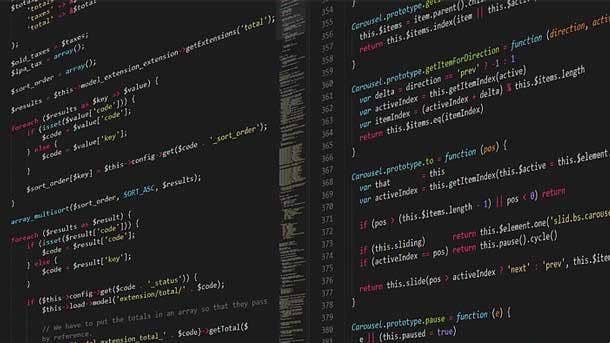
PHP
PHP (Hypertext Preprocessor) is a widely used, general-purpose scripting language that is especially suited for server-side website development, according to the php.net community website.
PHP system developers, sometimes known as back-end engineers, are experienced in taking a client’s specifications and turning them into a workable, tangible product that runs on a web server. PHP developers code the functionality that brings an app to life and collaborate with website designers to ensure that the front-end application is appealing to users.
PHP is the ‘P’ in the LAMP (Linux, Apache, MySQL, PHP) open-source technology stack. The PHP programming technology can be found in the back-end systems of the majority of all websites.
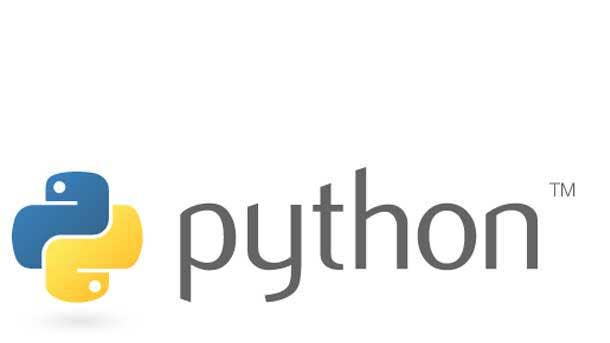
Python
Python is an interpreted, high-level, general-purpose programming language with dynamic semantics, according to the python.org community website. The language is popular for rapid application development given its built-in data structures, dynamic typing and dynamic binding functionality, and its fast edit-test-debug cycle.
Python is one of the most widely used programming languages. IEEE listed it as the No. 1 programming language, ahead of Java, C and C++.
Python is especially popular for data science, machine learning and statistical analysis tasks: For data scientists, Python combines Java’s suitability for building high-traffic web applications with a focus on executing complex statistical functions. Python also is frequently used by data-driven companies that need to integrate data analysis and statistical techniques into their workflows.
Python is also popular among startup companies that need to quickly prototype and develop applications.

React Native and ReactJS
React Native is an open-source mobile application framework created by Facebook for using JavaScript to build native mobile applications for Android, MacOS, Microsoft Windows and other platforms.
React.js is a JavaScript library, also developed by Facebook, for creating reusable UI components that are used to build dynamic user interfaces for web applications, according to the greycampus.com website.
A React developer uses the open-source React JavaScript library to build interactive elements on websites and applications. Applications powered by ReactJS are known for being performant, full-featured and easy to scale.
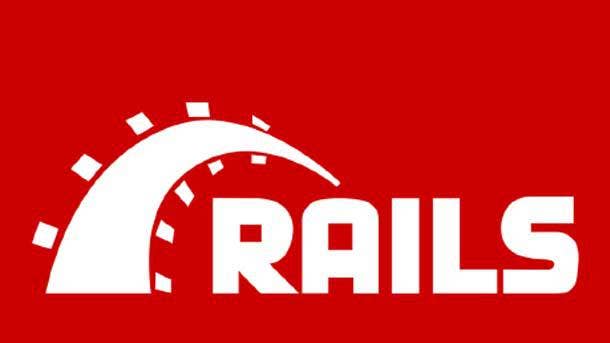
Ruby on Rails
Ruby on Rails is a web application framework, incorporating the Ruby programming language, for developing server-side, database-backed web applications, according to the rubyonrails.org community website.
Some big names have used Ruby on Rails to build their core software systems including Airbnb, GitHub and Zendesk.
Ruby on Rails was developed in 2004. But the Ruby language, according to some rankings such as the Stack Overflow 2020 developer survey, is declining in popularity against newer languages such as Go and Kotlin and some observers consider the Ruby on Rails framework to be outdated and say its use on the decline. So it is significant that the Robert Half report finds there is demand for Ruby on Rails skills.
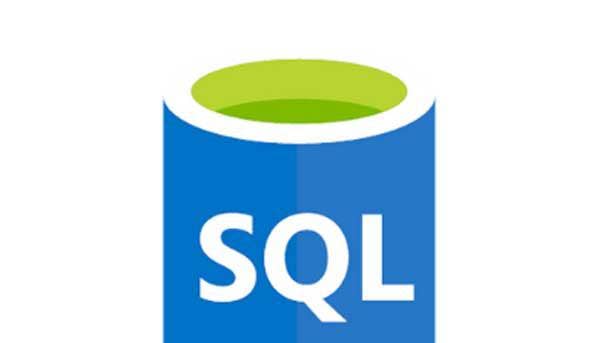
SQL
Structured Query Language is a standard and widely used programming language used to manage data within relational database systems and develop queries that run against relational databases. Queries are the link between operational applications, such as financial applications or inventory management systems, and the underlying relational databases that support them.
SQL was developed by IBM researchers in the early 1970s and was incorporated within early relational database software from IBM and Oracle in the late 1970s and early 1980s, according to a Wikipedia entry on the history of SQL.

Virtualization
Virtualization technology is used to create a virtual or software-based representation of a server, storage system, desktop system, network or application. That is according to a definition from VMware, which is widely seen as the industry’s leading provider of virtualization technology.
By offloading hardware requirements and utility costs, virtualization can be an effective way to reduce data center expenses, improve IT resource utilization, and boost IT system efficiency and agility, according to the redswitches.com website.
The virtualization software market is estimated to have hit $62.7 billion in 2020 and is expected to reach $120.41 billion by 2026, according to market researcher Mordor Intelligence, representing a CAGR of 11.5 percent.

VR/AR/MR/XR
Virtual reality, augmented reality, mixed reality and extended reality are a collection of technologies that provide a user with an immersive multi-media experience or computer-simulated reality, including sights and sounds. They can be used for a broad range of applications including entertainment and gaming, education, healthcare, workplace and engineering simulation, and military and defense applications.
While virtual reality generates an all-encompassing simulation, augmented reality technology takes a live view of a real-world environment and augments it with computer-generated graphics, video or sound.
Mixed reality combines real and virtual worlds to create a hybrid world where physical and digital objects co-exist and interact in real-time. The Pokemon Go craze of 2016, where players used their smartphones to hunt, capture and battle Pokemon characters, was an example of AR or MR technology.
XR or extended reality is a general umbrella term that covers VR, AR and MR.